Malina is a juicy berry, which is probably known about. But the fruits are not only a delicious delicacy, but also a very useful product that contains a whole set of vitamins and minerals. This culture can be found not only in the garden, but also in the forest in the wild. The wild raspberry is usually much smaller. The Latin plant name sounds like Rubusidaeus, which is literally translated as "Red Berry". As it is clear from the title, the berries of the raspberry bush usually have a pink or bright burgundy color. Although today there are varieties with yellow and black fruits, which are easy to confuse with blackberry. These fruits have a fragrant smell and a very pleasant taste. This variety of black raspberries is called Kumberland. We will describe more about its characteristics and cultivation techniques further in the article.
Culture characteristics
Malina usually grows in the form of a bush, which has a very developed root system. During the first year, the bush plants are usually low. At the same time, leaflets have a bright green color from above, and they are grayish and pubescent below. There are also pricks of barbles. During the second year of life, the stalks of the bush are already becoming wooden and acquired a brown tint. Bushes can reach a height of 150-170 cm. In this case, the spikes become much sharper over time. When shoots cease to bear fruit, they dry up to spring. In the spring period, a bush will grow again from these roots. Shrub leaves are usually comprehensive. They are presented in the form of 3-6 leaves having an oval or ovoid form. Culture is fruitful only for one and a half months.
Malina Cumberland varieties is a hybrid derived by crossing blackberries and raspberries. The main characteristics of the variety are as follows:
- Grows in the shape of a shrub and a semi-stabiliar.
- In height, the culture reaches 2 m.
- Branches growing on a bush have the shape of a curved arc and are eliminated with sharp spikes.
- As for the fruits, they have black and white bloom. Berry form round or oval. Their mass reaches 1.9-2.3 g.
- The yield of each bush is an average of 5 kg.
- The variety refers to winter hardy. Fruit for quite a long time - up to 12 years. But the harvest can be removed over the season once.
- Malina Kumberland's raspberry fruit is pretty sweet and have a thin blackberry smell. However, in their structure are rather dense, as they contain a large number of stones.
- The culture is unpretentious to climatic conditions and the type of soil. However, it is best grows on loamy soils.
- Care for data is an unpretentious grade of culture consists in timely moderate watering.
- Due to the fact that this plant has no root cavity, care for it is not much difficult, so this variety is valued by many gardeners.
- From each shrub of the raspberry of this variety, you can collect 9-10 kg of berries.
The fruits by 83% consist of water, the rest is carbohydrates, monosaccharides and disaccharides. In addition, they contain proteins and fats. Berries are rich in vitamin C. In addition, they contain such vitamins as A, E, PP, as well as groups B (B and B9). The fruits are rich in microelements, as well as salicylic, lemon and malic acids.
Landing raspberry kumberland
Features of planting culture:
- Time for landing black raspberry Kumberland - Spring and autumn periods.
- As mentioned above, even though the culture and refers to the low-maintenance, it is best planted in loamy soils.
- It is not recommended to plant black raspberries after krasnoplodnyh cultural varieties, tomato and potato.
- On the site where the planned planting should get good sunlight. There must be present next draft.
- The distance between the standing side by side bushes culture must not be less than half a meter.
- Since plants shrubs can grow up to 2 m, it is recommended to arrange for them near the support posts.
Landing stages of culture:
- Once selected a suitable site for a windless planting culture, provide training ground, abundant watering it.
- Further it is necessary to wait about 10 hours in order to absorb excess moisture.
- Then make the hole for planting the plants. The depth of each well should be approximately 50 cm.
- The bottom of each well is filled with fertilizers. The composition of the mixture in this case would be: wood ash 0.5 kg, 7.5 kg of leaf mold.
- Planted seedlings abundantly prisypaya soil each well.
- Laid top layer complex dressings, which structure should enter superphosphate and potassium sulfate.
- Shrubs planted abundantly watered. Then give 8 hours to dry out the soil.
- Above ground cover mulch layer, whose thickness is up to 10 cm. It is best in this case proved dry grass or manure.
Raspberry Cumberland: a description of the stages of reproduction
Reproduction of culture occurs in two ways:
- Using shoots (seedlings).
- With seeds.
The first method is quite laborious and long, so it is often the first method used.
The order of reproduction Cumberland raspberries using seedlings:
- Since shrubs grow to a height of 2 meters, the lower branches often bend low to the ground. These shoots are able to take root on their own, so they are most often used in the process of breeding culture.
- Rooted shoots are suitable for breeding in the autumn. By this time, their root system grows.
- The branches that are planned re-used for planting, with gently excavate the existing root.
- Further entrenched escape transplanted to a prepared place for wintering.
- If germinated bottom branches are not strong enough for the winter and re-landing, they do not separate from the main bush, and left in this state until the spring.
The order of reproduction Cumberland raspberries using seeds:
- Fertilize the ground on the plot where seeds are planned. To do this, the mixture of peat and humus is suitable.
- Wells are made under the seeds.
- Cultural seeds are deepened into each well by 3 cm.
- Pile sprinkle with a layer of soil.
- The site where seed landed was produced, it is necessary to water every day. The first sprouts will appear by spring.
- Sprouted shoots are planted in an open soil on the same technology as described in the first way.
It is worth saying that in the first year not all landed seeds will go, but about half. The rest will turn around the next year. To improve seed germs, you can conduct a stratification procedure.
Seed stratification stages:
- Small grade sand is treated with a weak solution of manganese and calcined on a hot frying pan.
- The treated sand is mixed with the seeds of culture by the proportion of 3 parts of the sand and 1 part of the seed.
- The sand and seeds are placed in the container and watered with water. Prior to the occurrence of the spring planting period, seedlings should germinate.
- The container with the mixture is placed in a cool place and periodically (1 time in 2 weeks) water water.
Malina Kumberland: Care
The rules for the care of this culture are as follows:
- Malina Kumberland loves timely watering, especially on hot days. Under each body should be poured 3 liters. However, it is not worth overdoing with the abundance of moisture, as this may cause the development of root rot.
- Crimping the raspberry Kumberland is carried out when the branches on the shrub grow more than 60 cm. In this case, they are shortened by 10 cm.
- Patients shoots should be cut completely.
- Since the raspberry shrubs grow up to 2 meters high, they need a support. Support bars, placed in a step of 50 cm and a stretched wire between them.
- After the harvest is assembled, old and dilapidated branches should be cut completely.
- Shrubs should be properly prepared for wintering. For this, they are lowered to the ground. In the winter period, ice-crust is formed on top of the shrub shoots, it will serve as a shelter from cold temperatures.
- In order for the shrubs in a timely, lateral processes are formed, the first pruning of shoots should be carried out in the middle of summer. The second procedure is carried out in the autumn period.
- A cowboy or bird litter is suitable as feeding for this plant. The components are diluted with water and added to a mixture of superphosphate and ash. Featuring the raspberry bushes of this variety follows 3 times a year.
Why it is worth growing culture
Beneficial features
Culture is widely known for its healing properties:
- In Malina there is an anthocian who makes capillaries more durable.
- The use of culture in the treatment of colds is widely known. In particular, the fruits are used to reduce temperature. For this, raspberry jam is most suitable. But in patients with diabetes mellitus there are contraindications to such treatment. It is suitable raspberry in dried.
- In addition, the raspberry is used to stop bleeding and to remove harmful toxins from the body.
- Fruits are shown to people who suffer from anemia, atherosclerosis and radiculitis.
- Berry can help with bronchitis. Funds from raspberries remove pain, and improve sputum of sputum. For this purpose, tea is prepared from dry fruits, as well as from leaves and branches of the plant.
- It is known that the berry has a diuretic property. It can also help in combating various pathogenic bacteria and viruses. In particular, it is used in the fight against golden staphylococcus, with fungi and yeast disputes.
- Due to the fact that raspberries contain iron, it will be useful for people who have low blood clotting.
- Thanks to copper, the berry regulates and leads to the normal operation of the nervous system. Therefore, it will be useful for people who have nervous shocks daily.
- Fluids have food fibers that have a positive effect on the work of the gastrointestinal tract.
- Berry is a low-calorie product. At the same time, it improves appetite and digestion. The fiber that contains in it stimulates the formation of gastric juice. As for the energy value of the fruit, it is 39-41 calories per 100 grams.
- Magnesium, which is located as part of the berry, will be useful for the health of the nervous and cardiovascular system.
- Berry contains salicylic acid. Due to this, it will be useful in various diseases of the joints.
- The fruits contain vitamin K, which is useful for coagulation of harmful cholesterol.
How to choose fruit
You should choose berries that do not look attached. They must have a smooth color and be dry. If green areas are visible on the berry, then she is most likely unfulfilled. If the fruit is sluggish in appearance, he was collected for a long time and after that was incorrectly stored.
Diseases and pests
Malina of this variety can affect the following diseases and pests:
- Mite. A sign of the presence of a tick is the formation of a paouth on the back of the leaves. It is possible to eliminate the pest using the drug phytoofers, which should be prepared in the proportions specified in the instructions.
- Mole. It is possible to detect this parasite as a result of the appearance on the leaflets of the raspberry of eggs and cocoons. Remove the parasite due to the treatment of shrubs with a carbofos solution.
- Fly. Explicit signs of presence of stewed flies - the presence of cocoons on leaves. Hidden signs - the appearance on the sheets of "spiraloid" damage. You can fight these parasites along the same technique as with a kidney moth.
- Gallitsa. Amazes some plants stems. Eliminate the parasite, except to trim and burn damaged shoots, is impossible.
- Didimella. This ailment is manifested in the form of red and brown spots located on the stems and shoots of culture. It is possible to eliminate the disease using a 3-% nitrophenium solution, which should be prepared in the proportions specified in the instructions.
- Anthracnose. Amazes predominantly young branches. To cure a plant from a given illness due to the treatment of shrubs with 1% - a burglar solution of the fluid.
- Gray rot. This ailment is manifested in the form of purple spots located on the stems and shoots. 5% of the urea is suitable as treatment.

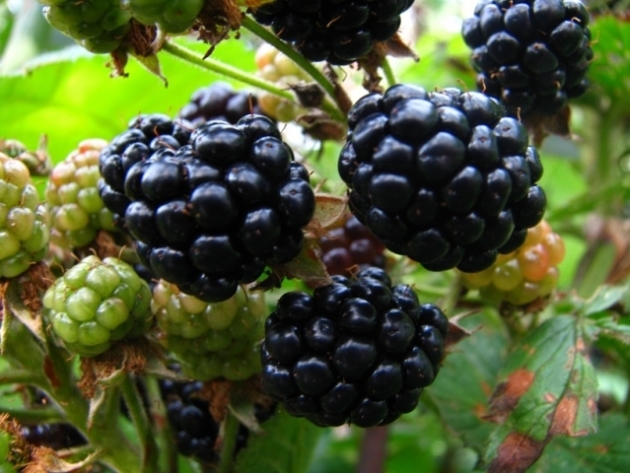
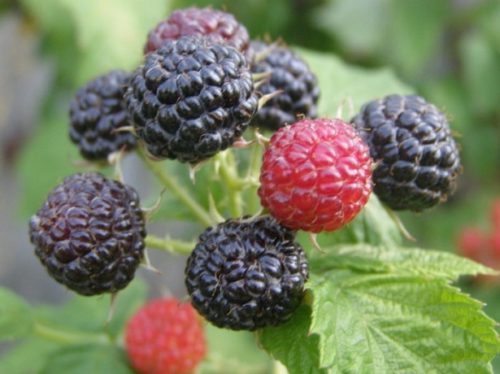
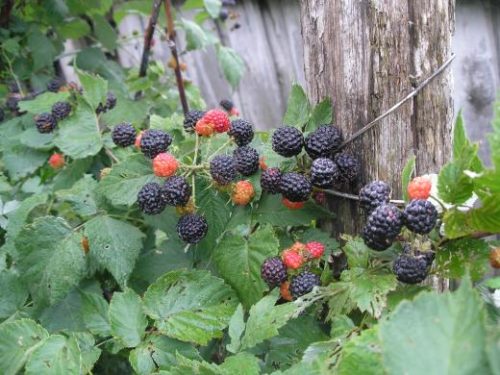
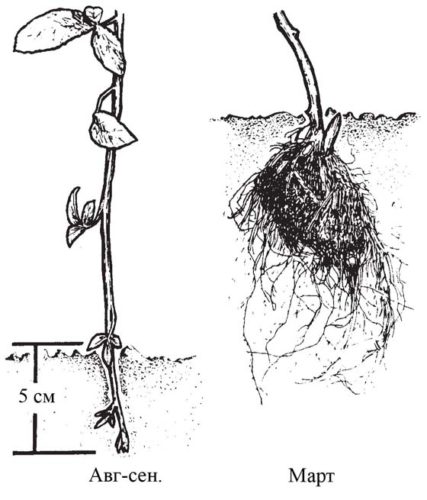
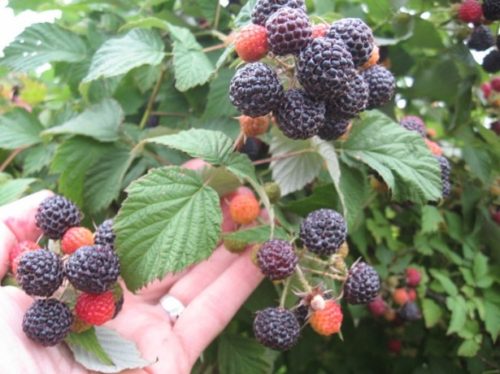
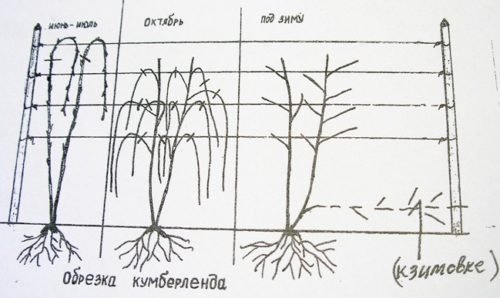
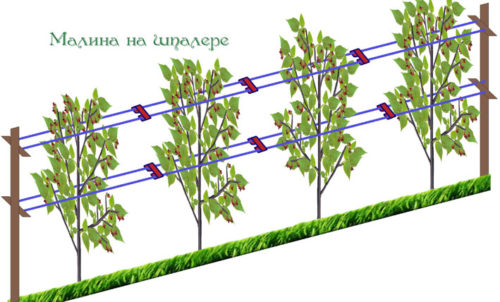
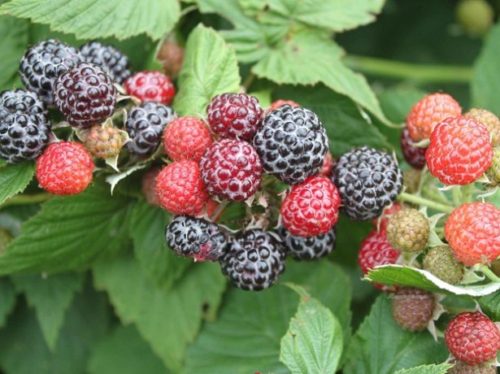
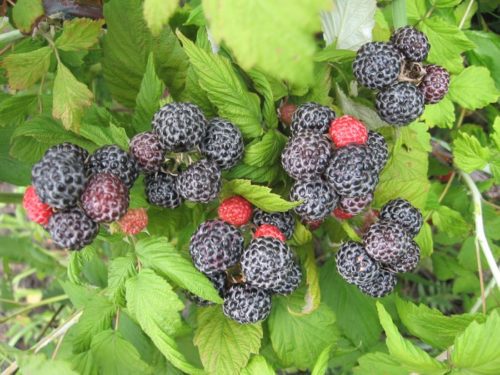
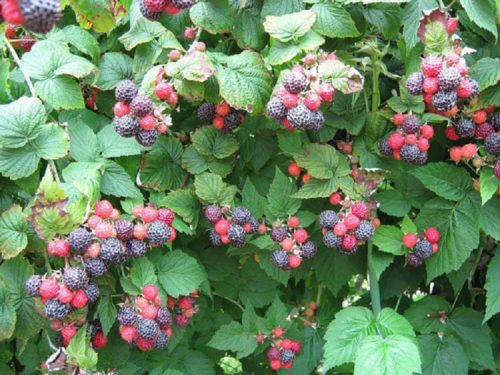

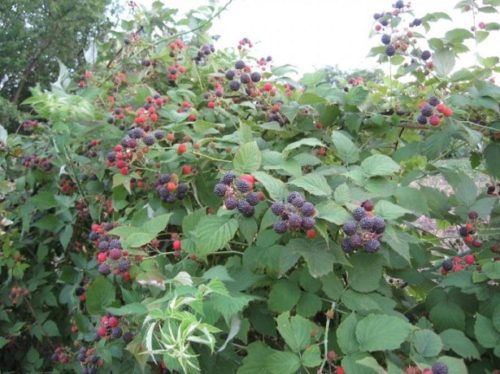
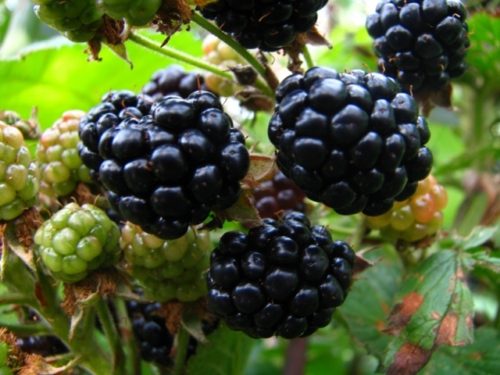
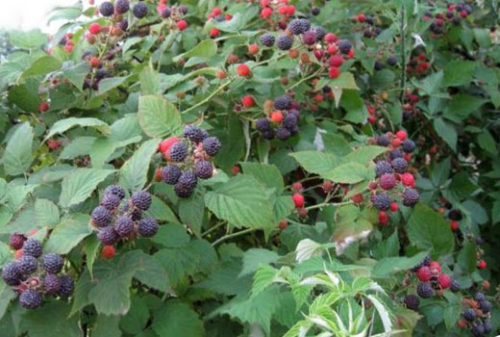












 Start a discussion ...
Start a discussion ...